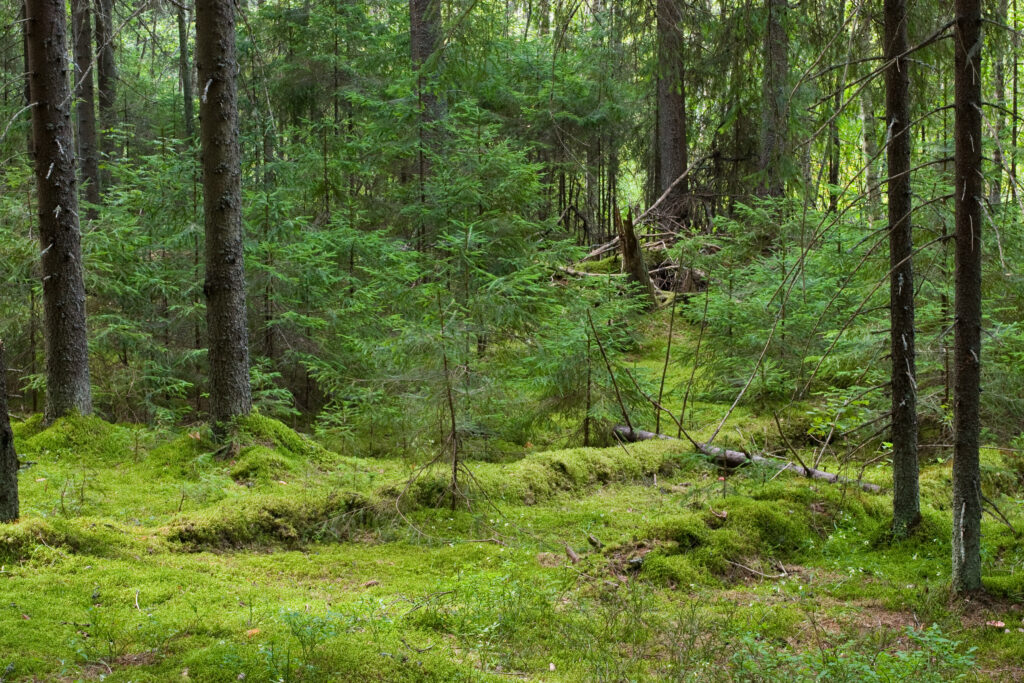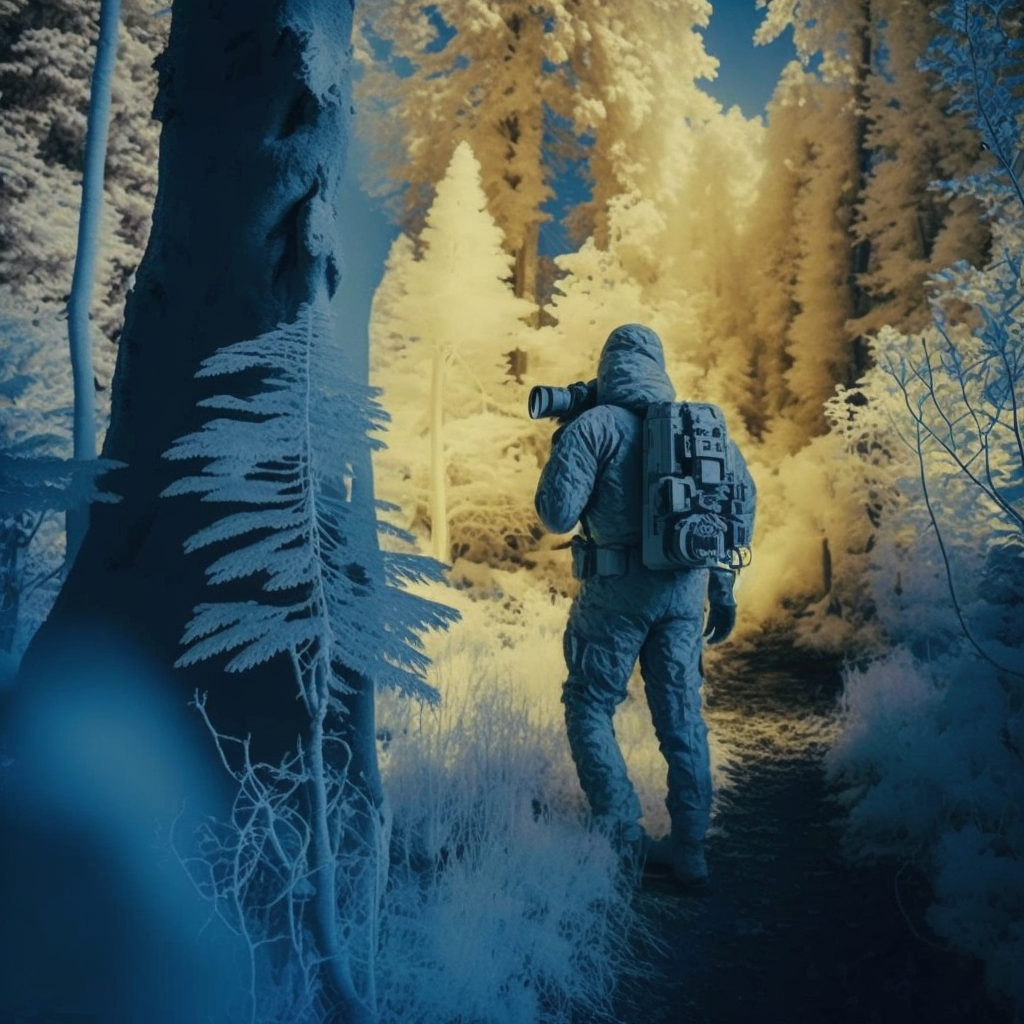Bigfoot, also known as Sasquatch, has captured the imagination of nature enthusiasts, adventurers, and even skeptics for years.
While evidence of Bigfoot’s existence is scarce, countless eyewitness accounts and mysterious footprints have encouraged countless searchers to explore the wilderness in hopes they might have their own encounter with this elusive creature.
While Bigfoot sightings have been reported across the United States, certain locations are reputed to be hotspots for encountering this mythical beast.
Whether you are a fervent believer or just curious about these legendary creatures, exploring the top 10 places to spot Bigfoot can be an exciting and potentially rewarding experience.
Journey through vast forests, remote mountain ranges, and even urban parks as you embark on the adventure of a lifetime chasing this legendary creature.
Top 10 Places to Spot Bigfoot

Pacific Northwest
The Pacific Northwest, particularly Oregon and Washington, is known for its numerous Bigfoot sightings.
The Blue Mountains in Oregon, Okanogan County, and Ape Canyon are considered hotspots for Bigfoot enthusiasts.
Western Montana
In Western Montana, the vast wilderness and dense forests provide a perfect hiding spot for Bigfoot.
The area is often frequented by Bigfoot searchers and sightings have been reported in remote locations.
British Columbia
British Columbia in Canada is another region with numerous sighting reports.
Its remote and vast wilderness makes it an ideal habitat for the elusive creature.
Appalachian Mountain Range
The Appalachian Mountain Range stretches from Georgia to Maine and has a long history of Bigfoot sightings.
The dense forests and rugged terrain provide an excellent hiding place for the mysterious cryptid.
Texas
Despite its reputation for hot and arid landscapes, the eastern region of Texas is home to several Bigfoot sighting hotspots, particularly in the dense Piney Woods.
Southern Florida
Within Southern Florida, the Big Cypress National Preserve is a known location for sightings.
With over 729,000 acres of swampland, the preserve provides a unique habitat for the creature.
Oklahoma
Oklahoma’s vast forests and hills, particularly in the southeastern region, make it another state with reported Bigfoot sightings.
Local folklore and accounts have contributed to its reputation as a possible Bigfoot habitat.
Great Smoky Mountains
The Great Smoky Mountains National Park, located in Tennessee and North Carolina, is another known Bigfoot sighting location.
The dense forests and rich biodiversity provide an ideal environment for the infamous cryptid.
Ohio
Ohio’s forests and wide-open spaces have also been the site of numerous Bigfoot sightings, particularly in the southeastern part of the state.
Ontario
Ontario, Canada boasts countless sightings and encounter reports.
Its remote wilderness and dense forests make it another excellent location to search for the elusive creature.
Key Factors for Bigfoot Habitats

In order to determine the optimal locations for spotting Bigfoot, it is essential to understand the creature’s preferred habitats.
Various factors play into the ideal conditions for these elusive beings. Some key factors to consider include forest density, food sources, water availability, and minimal human encroachment.
Forest Density
Dense forest regions provide suitable cover and shelter for cryptids like Bigfoot.
Thick underbrush and tall trees offer protection from predators and dangerous weather conditions.
Additionally, these environments create ideal conditions to remain inconspicuous, as these mysterious creatures are notorious for their evasive behavior.
Food Sources
Abundant food sources are essential for the survival of large mammals like Bigfoot.
Their diet likely consists of a combination of plants, fruits, and small animals.
In areas with a rich diversity of flora and fauna, Bigfoot sightings are more common.
Examples of such habitats include lush forests, low-lying valleys, and nutrient-dense riverbanks.
Water Availability
Water is a crucial resource for all life forms, and Bigfoot is no exception.
Proximity to fresh, clean water sources is an essential factor when identifying potential Bigfoot habitats.
Lakes, rivers, and streams not only provide hydration but also serve as home to various food sources that Bigfoot may hunt and gather.
Minimal Human Encroachment
To reduce the likelihood of encountering humans, it is believed that Bigfoot often chooses remote locations with limited human activity.
These areas are typically far from urban centers and major transportation routes.
Ensuring minimal human encroachment is crucial in preserving the natural habitats of Bigfoot, making it a key factor when considering the top locations for sightings.
Tips for Bigfoot Spotting

Now that you have a list of the top ten places to spot Bigfoot, it’s essential to know some helpful tips to increase your chances of a sighting.
In this section, we will discuss the best time of day to search, the equipment you need, and the importance of patience and persistence.
Time of Day
Most Bigfoot sightings occur during the early morning or late evening hours when the creatures are believed to be most active.
During these twilight times, they may be out hunting for food or on the move.
As such, plan your searches for early morning and late evening to improve your chances of an encounter.
Bring the Right Equipment
Having the appropriate equipment can help you spot Bigfoot more effectively. Some items you might want to consider include:
- A good-quality camera with a long-range lens for documenting any potential sightings
- Binoculars or a spotting scope to aid in distant observation
- Appropriate clothing for the terrain and weather conditions (such as waterproof and breathable layers)
- A comfortable backpack to carry your gear
- Notebook and pen for logging any observations
Patience and Persistence
Finally, the key to any successful Bigfoot search is patience and persistence.
These creatures are known for their elusive nature, and sightings are rare.
It’s essential to remain patient during your search and maintain realistic expectations. Y
ou may need to visit multiple locations and spend many hours in the field before successfully encountering a Sasquatch.
Remember, each search is an opportunity to learn and improve your skills, so stay persistent in your pursuit.
Safety Precautions
While searching for Bigfoot, it is essential to prioritize safety and remain aware of your surroundings.
In this section, we will discuss some key precautions to take in your Bigfoot quest.
Pack Proper Gear
Before embarking on your adventure, make sure you have the necessary equipment for a safe and enjoyable experience. This includes:
- Sturdy hiking boots for protection and support on uneven terrain
- Weather-appropriate clothing in layers that can be adjusted as needed
- A hat and sunglasses for sun protection
- Rain gear for unexpected showers
- Adequate food and water supplies for the duration of your trip
- A first aid kit for emergencies
- A map and compass or GPS device to aid in navigation
- A flashlight, headlamp, or both for roaming in low-light conditions
Stay on Designated Trails
Respecting the environment and following designated trails are crucial for your safety and the preservation of natural habitats.
Staying on marked paths lessens the risk of injury or disorientation, and ensures that you’re respecting the natural habitats of animals, including Bigfoot.
If you happen to find evidence of Bigfoot off the trail, ensure you don’t disturb the surrounding environment and consider reporting your findings to a local research organization or park ranger.
Respect Wildlife
While we’re all excited about the possibility of spotting Bigfoot, it’s important to remember that other wildlife may be present in the areas you’re exploring.
Keep a safe distance from any wild animals you encounter and avoid feeding them, as this can be harmful to both you and the animal.
In the event that you come across Bigfoot or another large animal, do not approach or provoke it.
Instead, observe from a safe distance and take any necessary precautions to protect yourself and the creature.
Conclusion
In conclusion, Bigfoot enthusiasts have a variety of locations to choose from when seeking out the elusive creature.
From the Bigfoot capital of the East Coast in Whitehall, New York, to the Blue Mountains in northeastern Oregon, opportunities for sightings abound across the United States.
While no definitive evidence has been found, the numerous reported sightings and ongoing fascination with this cryptid only serve to fuel the passion of those dedicated to solving the mystery.
Regardless of belief, exploring these popular sighting locations offers a thrilling adventure for Bigfoot enthusiasts and an opportunity to appreciate the diverse landscapes of the United States.
So, put on your hiking boots, grab your binoculars, and venture out into the wilderness to immerse yourself in the world of Bigfoot.
Who knows, you might even be the one to capture that undeniable piece of evidence that proves the existence of this legendary creature once and for all.

